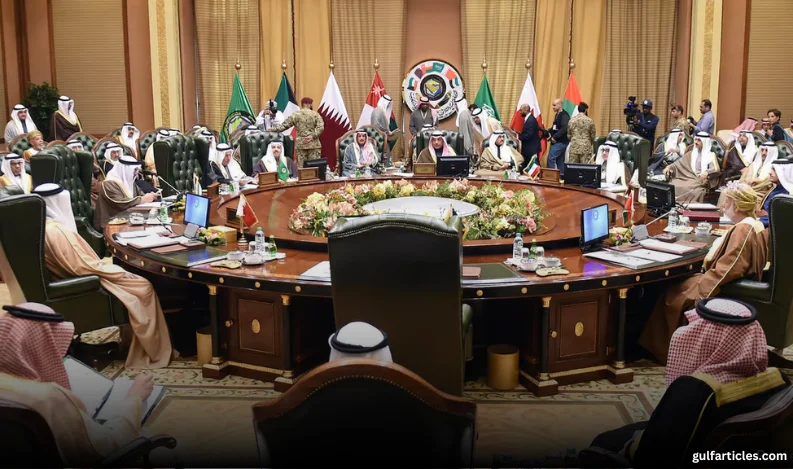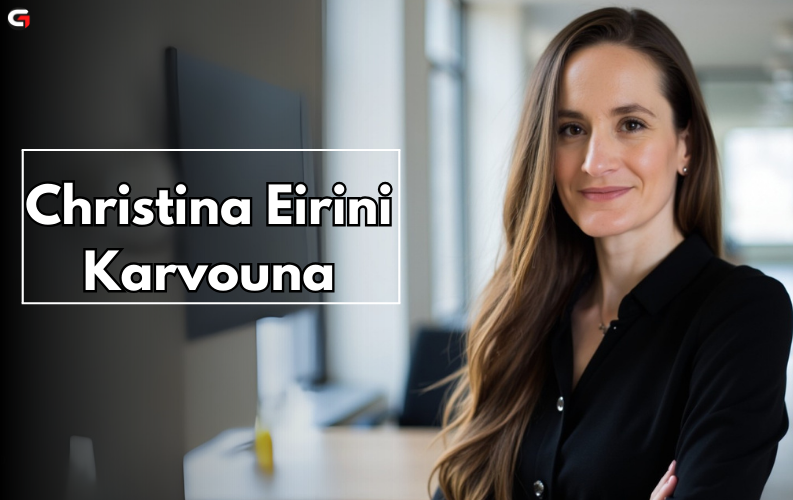Dubai: The introduction of new Salik toll gates and dynamic pricing has led to notable changes in traffic flow across key roads in Dubai. While experts believe the long-term impact on congestion and air quality may take a decade, residents have already started experiencing shifts in traffic behavior.
Dynamic Pricing and Its Effects on Traffic Flow
On January 31, 2025, Salik introduced dynamic pricing for peak and off-peak hours:
- Weekdays: Dh6 during peak hours (morning and evening), Dh4 during off-peak hours.
- Nights: Free from 1 am to 6 am.
- Sundays: Dh4 throughout the day (except on public holidays or major events).
This pricing model has led to strategic adjustments in driving patterns, with many motorists altering their commute schedules to avoid peak-hour tolls.
Early Morning Rush to Avoid Tolls
For Mohammed Iqbal, a resident commuting to Dubai Media City, the change has worked in his favor.
"I have two Salik gates on my way to work but since I pass through before 6 am, I don’t have to pay the toll," he said. "The free trips save me money, and I’ve noticed an increase in traffic before 6 am as more drivers try to pass the gates before charges apply."
Smoother Flow but Higher Costs for Some
Others, like Sanjana K.A. from Karama, appreciate the reduced congestion but find toll expenses rising.
"I had a meeting in Dubai Marina and was running late. The Salik gates at Safa and Barsha helped me reach early. However, I am now spending more on tolls than before," she said.
Increased Traffic in Certain Areas
Congestion in Residential Areas
While Salik aims to ease congestion on major roads, certain residential areas like Dubai Creek Harbour have seen a surge in traffic as motorists try to avoid tolls.
"In the evening, traffic in our area has worsened. Many drivers take shortcuts through our community to avoid the Business Bay toll gate," said Ayesha Nawaz, a resident of Dubai Creek Harbour.
Motorists are reportedly using Ras Al Khor Road and Festival City exits to bypass the Business Bay Bridge toll, causing travel delays for residents.
Jumeirah Roads Face Initial Gridlock
Muhammad Anshah, who lives in Jumeirah 1, described the first day of dynamic pricing as chaotic.
"Traffic was terrible on Jumeirah roads as many people tried to avoid Salik. However, within a couple of days, things settled down. Traffic is still heavier than before, but not as bad as the first day," he said.
Impact of New Salik Gates
In November 2024, Dubai’s Roads and Transport Authority (RTA) introduced two new toll gates at:
- Business Bay
- Safa
These additions brought the total number of Salik gates to 10, aiming to:
- Encourage public transport use
- Redistribute traffic to roads like Sheikh Mohammed bin Zayed Road, Dubai-Al Ain Road, Ras Al Khor Street, and Al Manama Street
- Promote alternative creek crossings such as the Infinity Bridge and Al Shindagha Tunnel
Public Transport: A Key Factor for Future Success
Mass Transit and Expansion Plans
Dr. Khaled Alawadi, an Associate Professor of Sustainable Urbanism at Khalifa University, emphasized that toll systems alone won’t reduce traffic unless complemented by robust public transport options.
"Dubai has one of the best mass transit systems in the GCC, covering nearly 78% of the city," he noted. "Future metro expansions will further accommodate population growth."
However, he stressed that many residents rely on private vehicles due to their daily travel patterns, which often involve chain trips like:
- Commuting to work
- Dropping off children at school
- Running errands
Better Accessibility Needed for Public Transport
Dr. Khaled suggested that public transport access points should be within 300 to 500 meters in high-traffic areas.
"Dubai’s heat makes walking long distances impractical. If transit zones are within a seven-minute walk, more people will use public transport," he explained.
Areas like Creek and Al Fahidi already have well-planned shaded walkways and transit access, but more efforts are needed in newer developments.
The Road Ahead: Will Salik Ease Congestion?
While the new Salik toll gates and dynamic pricing have reshaped traffic patterns, their long-term effectiveness in reducing congestion and improving air quality remains to be seen.
Experts predict that major improvements will take a decade or more, but in the short term, drivers are already adjusting their routes and travel habits in response to Dubai’s evolving transport landscape.






















